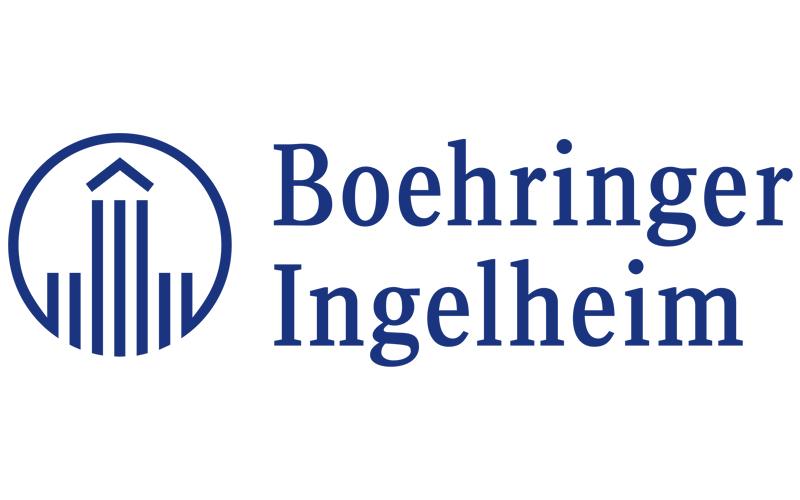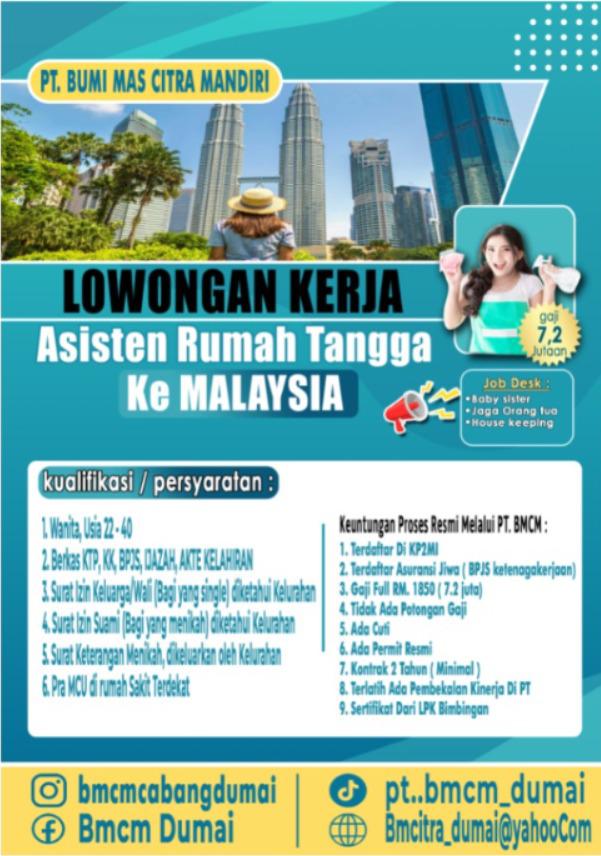- Survodutide has potential to become best-in-class treatment for metabolic dysfunction-associated steatohepatitis (MASH)*, after meeting its primary and key secondary endpoint following 48 weeks of treatment versus placebo in a Phase II trial
- Survodutide, a novel glucagon/GLP-1 receptor dual agonist, has demonstrated efficacy in people with obesity1, and statistically significant results in MASH2 suggest the potential to lead to clinically meaningful benefits across the cardiovascular, renal, and metabolic spectrum
- Full data from the Phase II trial will be presented in the coming months
Boehringer Ingelheim today announced that up to 83.0% of adults treated with survodutide (BI 456906) achieved a statistically significant improvement of metabolic dysfunction-associated steatohepatitis (MASH) versus placebo (18.2%) in a Phase II trial [response difference: 64.8% (CI 51.1% - 78.6%), p<0.0001].2 The trial met its primary endpoint with survodutide reaching a biopsy-proven improvement in MASH after 48 weeks, without worsening of fibrosis stages F1, F2 and F3 (mild to moderate or advanced scarring).2 Survodutide also met all secondary endpoints, including a statistically significant improvement in liver fibrosis.2 Full data will be presented in the coming months.
Survodutide has the potential to become a best-in-class treatment for MASH, a liver disease connected with other cardiovascular, renal, and metabolic conditions.3,4,6
Survodutide is a glucagon/GLP-1 receptor dual agonist with a novel mechanism of action, and the first to show this level of benefit in a Phase II MASH trial.2,7 The glucagon agonist component in survodutide has the potential to increase energy expenditure,7and has a direct impact in the liver which potentially contributes to the improvement of fibrosis.2 The GLP-1 agonist component decreases appetite while increasing fullness and satiety.7,8
“I am thrilled to see these statistically significant results from the Phase II trial of survodutide in MASH and fibrosis. These data position survodutide as a potential leading treatment for a population with great unmet medical needs, and will bring hope to people living with MASH and with fibrosis,” said Dr. Arun Sanyal, M.D., Professor of Medicine, Physiology and Molecular Pathology at Virginia Commonwealth University School of Medicine, and Principal Investigator of the trial. “I am looking forward to sharing further detail on key secondary endpoints, including the percentage of adults who saw an improvement in fibrosis, at a congress in the first half of this year.”
“These MASH results show survodutide has potential to become a best-in-class treatment, and we believe its true differentiator is the action of the glucagon receptor agonism which works directly on the liver,” said Carinne Brouillon, Head of Human Pharma, Boehringer Ingelheim. “In order to bring this potential treatment to the more than 1 billion people affected by interconnected cardiovascular, renal, metabolic diseases, we will move forward as quickly as possible in MASH. We are also progressing with survodutide in other related conditions, having already initiated our Phase III clinical trial program for obesity.”
The liver governs the body’s metabolism and consequently plays an important role in the cardiovascular, renal and metabolic system.9 MASH is a progressive disease impacting more than 115 million people worldwide10, caused by inflammation of the liver that can lead to fibrosis.11 Severe tissue scarring in the liver (cirrhosis) can substantially increase the risk of end-stage liver disease and liver cancer,5 for which a liver transplant may be the only treatment option.12 MASH is predicted to be the leading cause of liver transplantation by 2030,13 placing significant financial strain on healthcare systems.14,15 MASH can also impact a person’s quality of life, relationships, and capacity to work.16 Despite these burdens, targeted therapies are lacking and there are currently no approved licensed medicines.
The double-blind, placebo-controlled Phase II trial studied three doses of survodutide at 2.4 mg, 4.8 mg, and 6.0 mg.17 Top-line results demonstrated an improvement in MASH, at all doses explored in the trial.2 Treatment with survodutide did not show unexpected safety or tolerability issues, including at the higher dose of 6.0mg.2
Today’s news builds on U.S. Food and Drug Administration (FDA) Fast Track Designation for survodutide in 2021,18 followed by the European Medicines Agency (EMA) granting access for survodutide to the Priority Medicine (PRIME) Scheme for MASH with fibrosis in November last year.19 These processes are designed to help expedite the review of drugs to treat serious conditions and fill an unmet need, with the intention of bringing important new drugs to patients earlier.
Survodutide is also being evaluated in five Phase III studies for people living with overweight and obesity, among key sub-populations.20 SYNCHRONIZE-1 and SYNCHRONIZE-2 sub-populations include people living with comorbidities, without and with type 2 diabetes, respectively.20 The SYNCHRONIZE-CVOT trial sub-population includes people living with cardiovascular disease, chronic kidney disease, or with risk factors for cardiovascular disease.20 As well as this, Boehringer Ingelheim is exploring survodutide in Phase III trials in Japan (SYNCHRONIZE-JP) and in China (SYNCHRONIZE-CN) for sub-populations of people living with obesity.21,22
Use of MASH terminology
*Boehringer Ingelheim’s Phase II trial is registered on clinicaltrials.gov as ‘A Study to Test Safety and Efficacy of BI456906 in Adults With Non-alcoholic Steatohepatitis (NASH) and Fibrosis (F1-F3)’.
This trial was registered prior to a 2023 update in nomenclature made by a number of multinational liver societies including EASL, AASLD and ALEH.23 Their recommendation was to update non-alcoholic fatty liver disease (NAFLD) to metabolic dysfunction-associated steatotic liver disease (MASLD), and to update non-alcoholic steatohepatitis (NASH) with metabolic dysfunction-associated steatohepatitis (MASH).23
The global liver community stated that the name changes reflect an affirmative, non-stigmatizing name and diagnosis that can be used around the world to improve research and funding into these conditions.23 An independent committee of experts external to this process made the final recommendations of the acronyms.23
To reflect these recommendations, Boehringer Ingelheim has adopted the use of MASH to describe this Phase II trial.
About metabolic dysfunction-associated steatohepatitis (MASH)
MASH is a chronic and progressive liver disease caused by a build-up of fat in the liver,11,24,25 and is a more severe form of metabolic dysfunction-associated steatotic liver disease (MASLD).26 Approximately 20-30% of people living with MASLD go on to develop MASH,27 and the number of MASH cases is predicted to rise by 63% between 2015 and 2030, from 16.5 million to 27.0 million cases.12 MASH is a disease closely associated with connected cardiovascular, renal, and metabolic diseases,6,28 and it is estimated that 34% of people living with obesity also have MASH.29 MASH also represents the fastest growing cause for liver transplantation in Western countries.14
MASH severity is assessed using a scale that ranges from F0 to F4, which measures the level of fibrosis (scarring):30
- F0-F1: indicates no or mild fibrosis
- F2-3: indicates moderate or advanced fibrosis
- F4: indicates cirrhosis
About the trial (NCT04771273)
This is a Phase II, randomized double-blind placebo-controlled dose-finding trial of 295 participants that evaluates weekly subcutaneous injections of survodutide in people living with MASH and fibrosis (F1-F3) among adults both with and without type 2 diabetes.17
The primary endpoint of trial is the percentage of participants achieving histological improvement of MASH without worsening of fibrosis after 48 weeks of treatment.17 A histological improvement of MASH is defined as a decrease of ≥2 points on the Non-alcoholic Fatty Liver Disease Activity Score (NAS – total score ranges from 0-8), including ≥1 point decrease in NASH sub-score for lobular inflammation or ballooning, and no increase in fibrosis stage.17 The NAS represents the sum of scores for steatosis (a build-up of fat in the liver31), lobular inflammation (inflammatory cells32) and ballooning (a type of liver cell degeneration33).
Secondary outcome measures include:17
- At least 30% relative reduction in liver fat content after 48 weeks of treatment compared to baseline
- Absolute and relative change of liver fat content from baseline after 48 weeks of treatment
- Improvement of fibrosis, defined as at least one stage decrease in fibrosis stage after 48 weeks of treatment
- Absolute change from baseline in total score for NAS after 48 weeks of treatment
The trial consisted of dose escalation to either 2.4mg, 4.8mg and 6.0mg treatment groups for up to 24 weeks, and dose maintenance for 24 weeks.17
About survodutide (BI 456906)
Survodutide is a glucagon/GLP-1 receptor dual agonist that activates both the glucagon and GLP-1 receptors, which are critical to controlling metabolic functions.7 Co-invented by Boehringer Ingelheim and Zealand Pharma, survodutide is part of Boehringer Ingelheim’s research and development portfolio in the cardiovascular, renal, and metabolic disease areas.
Survodutide was granted U.S. FDA Fast Track Designation in May 2021 for the treatment of MASH and fibrosis,18 and it was accepted to the EMA PRIME scheme in November 2023.19
Boehringer is also studying survodutide in a 2-part Phase I trial among people cirrhosis (F4) and varying degrees of liver dysfunction.34 The purpose of Part 1 is to find out whether cirrhosis (F4) and varying degrees of liver dysfunction influences how survodutide is taken up in the body, and the purpose of Part 2 is to find out whether having cirrhosis (F4) and varying degrees of liver dysfunction influences how people with overweight and obesity tolerate survodutide treatment for 28 weeks.34
Survodutide is also being evaluated in five Phase III studies (SYNCHRONIZE-1, SYNCHRONIZE-2, SYNCHRONIZE-CVOT) for people living with overweight and obesity.20 Sub-populations for SYNCHRONIZE-1 and SYNCHRONIZE-2 include patients with comorbidities, without and with type 2 diabetes, respectively.20 The sub-population for SYNCHRONIZE-CVOT includes patients with cardiovascular disease, chronic kidney disease, or with risk factors for cardiovascular disease.20 As well as this, Boehringer Ingelheim is exploring survodutide in Phase III trials in Japan (SYNCHRONIZE-JP) and in China (SYNCHRONIZE-CN) for sub-populations of people living with obesity.21,22 Both trials explore the relative change in liver fat from baseline to week 76 when treated with survodutide versus placebo, as a key secondary endpoint.21,22
About Boehringer Ingelheim
Boehringer Ingelheim is working on breakthrough therapies that transform lives, today and for generations to come. As a leading research-driven biopharmaceutical company, the company creates value through innovation in areas of high unmet medical need. Founded in 1885 and family-owned ever since, Boehringer Ingelheim takes a long-term, sustainable perspective. More than 53,000 employees serve over 130 markets in the two business units Human Pharma and Animal Health. Learn more at www.boehringer-ingelheim.com/uk (UK and Ireland) or www.boehringer-ingelheim.com (rest of world).
Boehringer Ingelheim’s Intended Audiences Notice
This press release is issued from our Corporate Headquarters in Ingelheim, Germany and is intended to provide information about our global business. Please be aware that information relating to the approval status and labels of approved products may vary from country to country, and a country-specific press release on this topic may have been issued in the countries where we do business.













